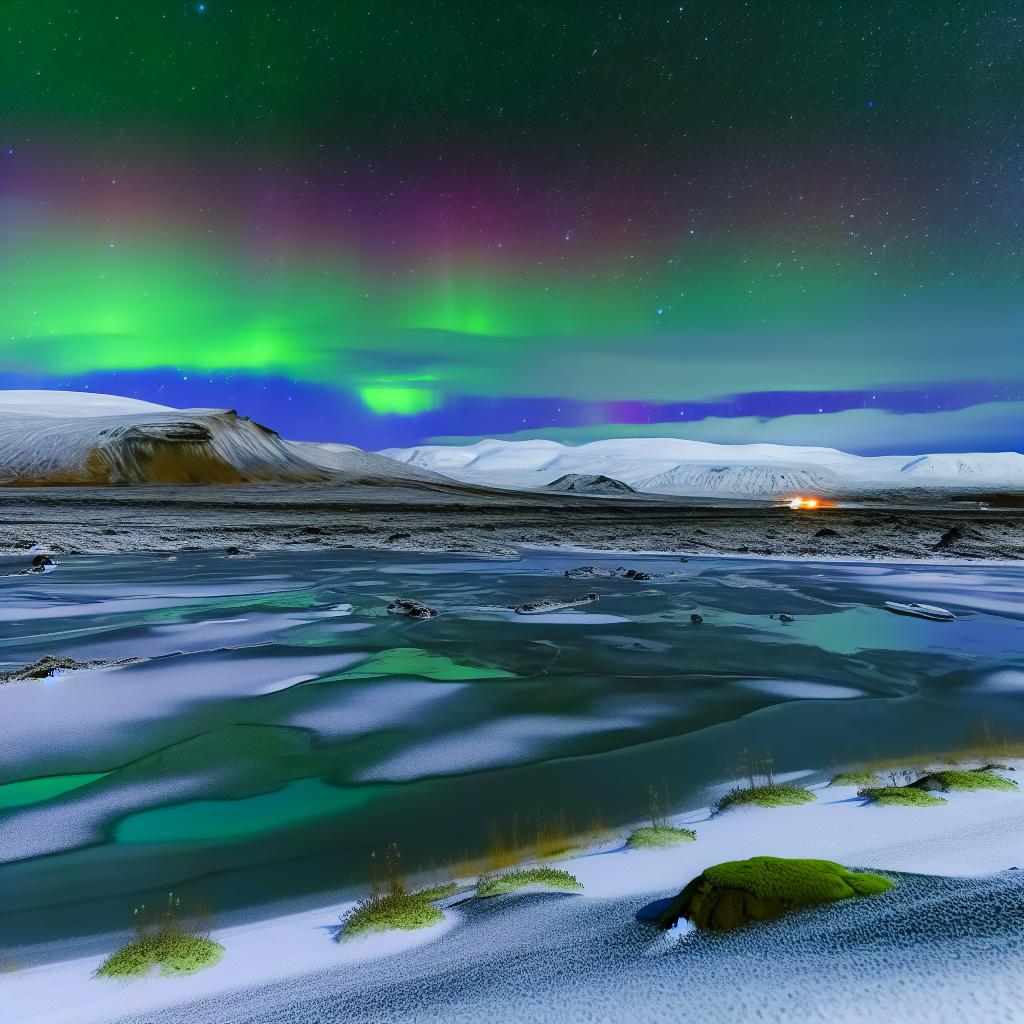When and Where to See Nature's Greatest Light Show (2025)
Chasing Magic: Your Complete Northern Lights Adventure in Iceland
Have you ever dreamed of witnessing the ethereal dance of the aurora borealis? Iceland stands as one of Earth's premier destinations for experiencing this magnificent natural phenomenon. Let's dive into everything you need to know about catching these elusive lights in the Land of Fire and Ice.
Best Time to See Northern Lights in Iceland
The prime viewing season runs from late September through early April, with peak visibility during these months:
- December through February: The darkest months offer up to 19 hours of darkness
- October and March: Ideal combination of darkness and milder weather
- November and April: Shoulder months with decent viewing opportunities
Optimal Viewing Conditions
Success in spotting the aurora borealis depends on several key factors:
Clear skies are essential - look for nights with minimal cloud coverage
Solar activity should be strong - download an aurora forecast app
Dark surroundings away from city lights
Temperature between -1°C and -10°C (30-14°F) for clearest visibility
Top Northern Lights Viewing Locations
1. Thingvellir National Park
Just 45 minutes from Reykjavik, this UNESCO World Heritage site offers vast open spaces and minimal light pollution. The historic parliament plains provide an otherworldly backdrop for aurora viewing.
2. Jökulsárlón Glacier Lagoon
Imagine watching the Northern Lights dance above floating icebergs. This spectacular location in Southeast Iceland offers unparalleled photography opportunities.
3. Kirkjufell Mountain
The most photographed mountain in Iceland creates a perfect foreground for aurora shots. Located on the Snæfellsnes Peninsula, it's accessible year-round.
4. Vík Beach
The black sand beaches near Vík provide an enchanting viewing platform. The contrast between dark sand and celestial lights creates unforgettable moments.
Planning Your Northern Lights Adventure
Transportation
- Rent a 4x4 vehicle for winter driving
- Join guided tours if you're uncomfortable driving in winter conditions
- Consider staying at remote hotels with aurora wake-up calls
Photography Tips
- Bring a tripod for long exposures
- Use manual camera settings (ISO 800-3200, f/2.8-5.6, 15-30 second exposures)
- Pack extra batteries (cold weather drains them quickly)
- Download a night photography app
What to Pack
- Thermal layers (merino wool base layer recommended)
- Insulated, waterproof boots
- Hand and toe warmers
- Thermos for hot drinks
- Snacks and water
- Emergency kit with flashlight
Alternative Viewing Options
Glass Igloos and Bubble Hotels.
Several locations offer heated glass accommodations for comfortable aurora viewing:
- Bubble Hotel South Iceland
- Northern Light Inn near Blue Lagoon
- Hotel Rangá's observatory
Boat Tours
Winter boat tours from Reykjavik harbor provide unique viewing opportunities away from land-based light pollution.
## Local Tips and Tricks
- Book accommodations outside Reykjavik for better viewing chances
- Check the Icelandic Met Office website for aurora forecasts
- Consider visiting during a new moon for darker skies
- Plan multiple viewing nights to increase success chances
- Join local photography groups for real-time aurora alerts.
